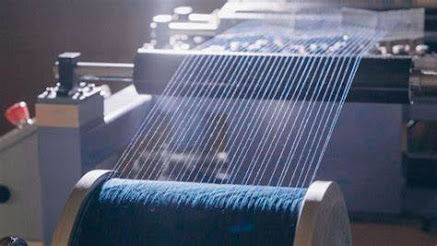1. Business Setup Costs
-
Business Registration & Licensing: $500 - $2,000
-
Depending on your country and local regulations, you'll need to register your business and obtain the necessary licenses.
-
-
Insurance: $1,000 - $5,000 annually
-
To protect against potential liabilities (damage to products, accidents, etc.).
-
2. Premises
-
Renting a Facility: $1,000 - $10,000 per month
-
The cost will depend on the location, size of the facility, and whether it’s equipped with necessary utilities.
-
-
Renovation and Setup: $5,000 - $30,000
-
You may need to install specialized equipment and systems to manage dyeing, wastewater treatment, and ventilation.
-
3. Machinery and Equipment
-
Dyeing Machines (Batch or Continuous): $10,000 - $100,000
-
The cost depends on the capacity and technology of the machine (manual vs. automated).
-
-
Boilers & Steam Equipment: $5,000 - $20,000
-
Water Treatment Equipment: $2,000 - $10,000
-
Textile dyeing processes require a reliable water treatment system due to the chemicals involved.
-
-
Mixing & Dyeing Tanks: $5,000 - $15,000
4. Raw Materials
-
Dyeing Chemicals (Dyes, Fixatives, etc.): $1,000 - $5,000 for initial stock
-
Textiles/Fabric: Varies greatly depending on the type of textile you plan to dye.
5. Labor Costs
-
Skilled Workers: $2,000 - $10,000/month per worker
-
Depending on the scale of your operation, you may need skilled technicians and workers to operate machines, mix dyes, and oversee the quality of dyeing.
-
6. Utilities and Operating Costs
-
Electricity, Water, & Gas: $1,000 - $5,000/month
-
Dyeing requires a significant amount of energy for machines and heating.
-
-
Wastewater Management & Disposal: $500 - $2,000/month
-
You may be required to treat and safely dispose of wastewater, which can add to operating costs.
-
7. Marketing and Sales
-
Website & Branding: $500 - $5,000
-
Sales & Distribution Channels: $1,000 - $5,000 for initial marketing campaigns
Total Estimated Startup Costs: $30,000 - $200,000+
Additional Considerations
-
Research & Development: You may need to invest in R&D to create or perfect unique dyeing techniques or products.
-
Regulations and Compliance: Compliance with environmental regulations (especially wastewater management) is crucial. There may be additional costs to meet local environmental standards.
Key Factors Affecting the Budget:
-
The size of the business (small-scale vs. industrial-scale).
-
The type of fabric you are dyeing (e.g., natural fibers require different processes compared to synthetic fibers).
-
Automation level (manual labor vs. automated systems).




